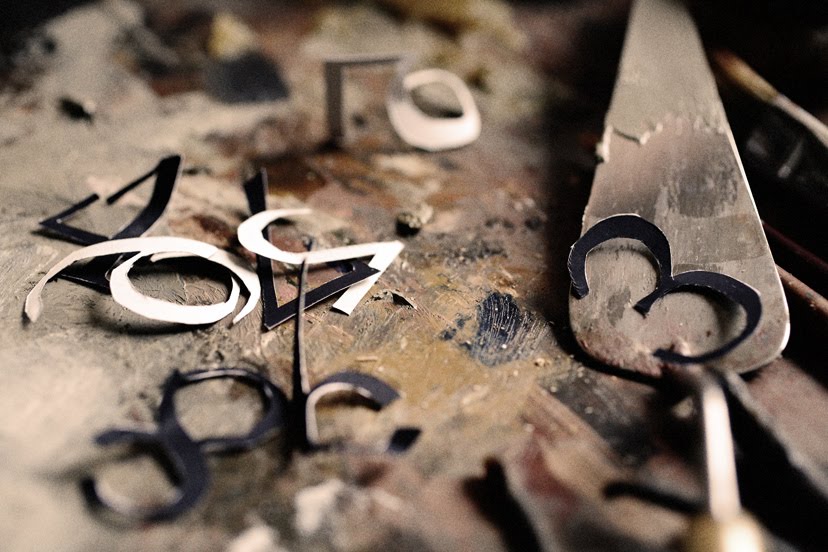When you reflect upon the manner in which a
traditional painting is developed, you realize that every decision the painter
makes is based upon one thing – permanence.
We chose linen because we have more than 500 years of history letting us
know the way in which this particular material has behaved. We chose mediums
that with time will not alter the original colors, we chose paints that will
not fade with exposure to light, we chose boards that are acid free and will
not yellow. We work in a particular
order so paint doesn’t peel or crack. We make conscious choices to inject our
paintings with decisions that are based on stability, hoping that the paintings
will be durable, but also and perhaps more importantly, faithful to the original
state in which the were produced.
Ever stop and wonder why we do this? Is the answer because we want future generations to
look at our paintings as if they were unaltered by the passage of time?
“Let
the next generation make their own pictures” Rockwell famously stated.
Rockwell’s statement is selfish at its
core. Could you imagine if Rembrandt or Velazquez had been as carefree as
Rockwell? We wouldn’t have today their paintings as objects of reference. But
when you think about it a bit more, would it matter? Would it matter if we
wouldn’t even know what we were missing? Wouldn’t it be like thinking about the
hanging gardens of Babylon? We never saw them, but we can imagine they were
beautiful because history, stories or myths told us they were beautiful. Would attempting
to paint without ever seeing a Rembrandt make us lesser painters? Would it
impede us from making solid, moving works of art?
I am obviously not lessening the impact a
work of art can have in future generations. Las Meninas has been the object of
countless interpretations through different mediums including sculpture, video,
installation and of course painting. Appropriation in art is a fascinating
endeavor and if the context of an original image was lost, the act of re-contextualization
would be simply impossible.
A much simpler answer would have to do with
the market of art. If somebody pays X amount of money for a painting, it is
understandable that they wouldn’t want their investment to depreciate. But I don’t want to get into this aspect,
because it shouldn’t be an issue in the creative process.
What if we just accept that paintings, like
ourselves, die. We as makers may even have a say in how long it takes them –
they can die quicker or slower than we do. What if we were absolutely conscious
of the fact the every single material that makes up a painting degrades through
time – sadly we do not paint with McDonald’s burgers on top of Styrofoam. We use materials that transform, that are
brittle, that are sensitive; in many ways we use materials that are alive. So
if we paint with “living materials” why do we want fixed, unalterable images?
I refuse to accept the argument of longevity. It is horribly pretentious. It’s akin to wanting your last name to never disappear; to thinking that the impact that a work of art may have will be relevant long after we are dead. I refuse to believe that we may think so highly of ourselves, especially when traditional painting is one of the most humbling acts I know of.
So what if instead of defying time, we
embrace the fact that paintings are fragile and fleeting. What if we, working from our traditional roots,
accept the delicateness of instability? What if we let the next generations decide
what is relevant, what is important, and take out of the equation the idea of
presuming we foresee the future significance of what we do?
How would painting be taught if we had no
references? Would you paint on linen stretched on bars just because someone
told you to do so? I am aware these are
impossible questions to answer, but they make me think about the why. Why do we work in the manner in
which we do? Are we listening to ourselves or are we overly aware of what has
been done before?
If we knew nothing, perhaps our senses
would be sharper, our relations with the nature of our materials would be more
intimate, and our intentions would be simpler. Perhaps.


